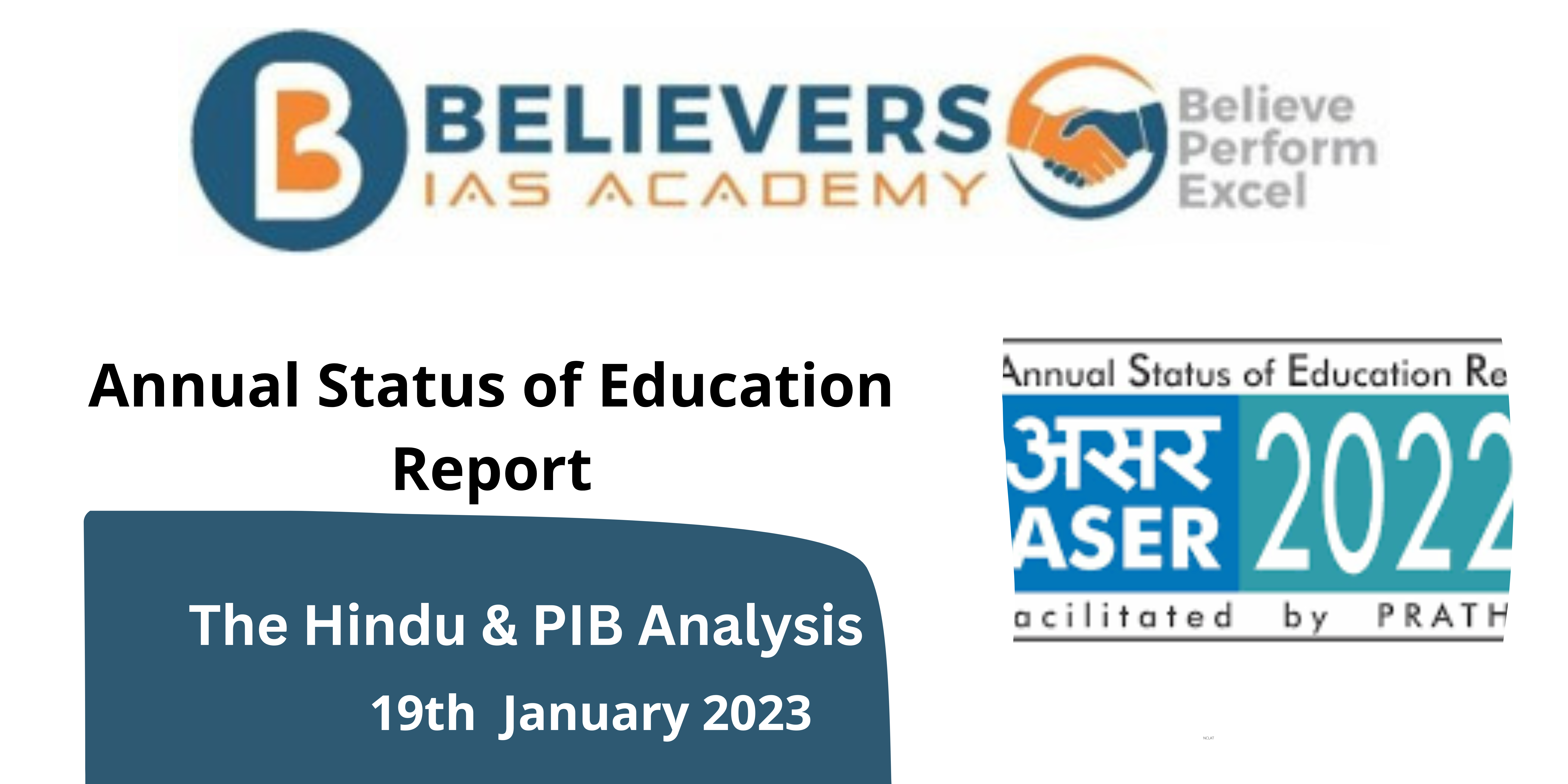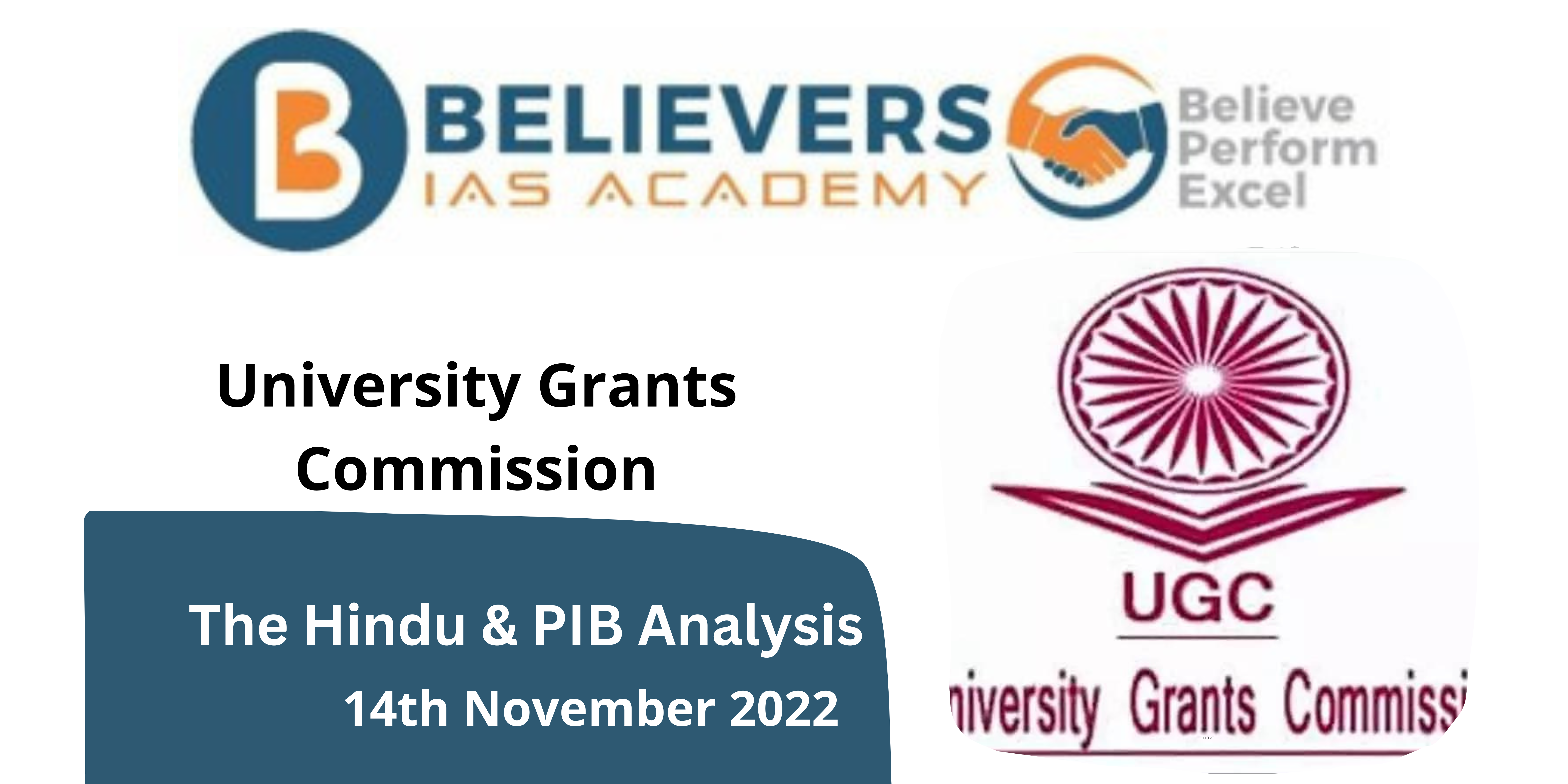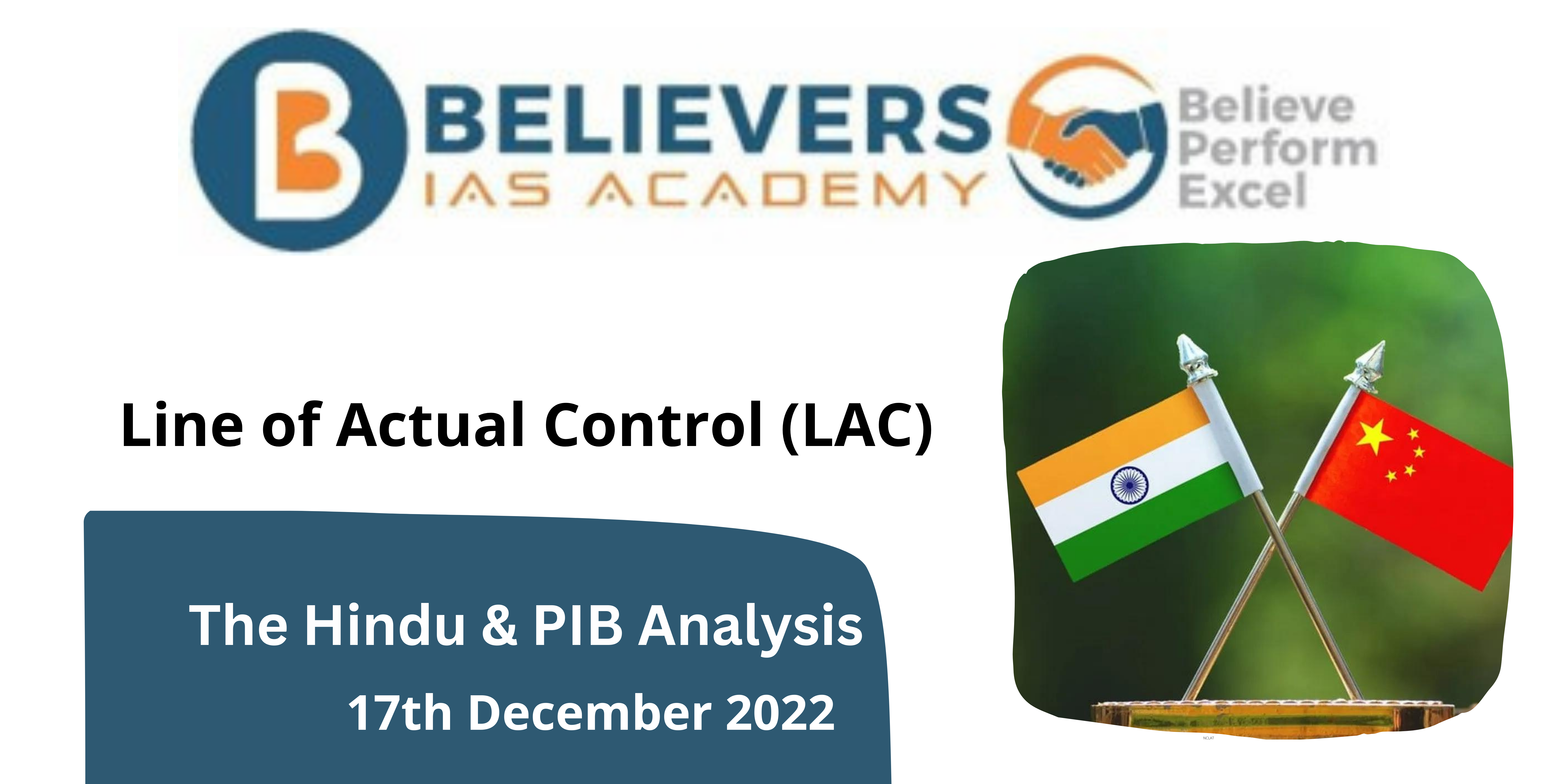Annual Status of Education Report
#GS-02 Education
For Prelims
Annual Status of Education Report
- ASER is an annual citizen-led household survey that aims to provide reliable estimates of children’s enrolment and basic learning levels for each district and state in India.
- It has been conducted by the NGO Pratham since 2005 in all rural districts of India.
- It is the largest citizen-led survey in India and the only annual source of information on children’s learning outcomes available in India today.
- ASER is a household-based rather than school-based survey hence allows those who have never been to school or have dropped out, as well as those who are in government schools, private schools, religious schools or anywhere else to also be included.
- The ASER model has been adapted for use in several countries around the world such as Kenya, Uganda, Tanzania, Pakistan, Mali and Senegal.
ASER 2022
- In ASER 2022, around 7 lakh children from 19,060 schools in 616 districts were surveyed to measure the learning outcomes post pandemic on school children.
- Between 2018 and 2022, in all states, there is an increase in the proportion of children who attend tuition classes.
- The exceptions being Gujarat, Karnataka, Tamil Nadu, Kerala and Tripura.
- Only 26.6 per cent of the children surveyed from Class III can read Class II-level textbooks, which was 44.2 per cent in 2018.
- In higher classes, 55.5 per cent of Class V children are able to read Class II-level books, which was 66 per cent in 2018.
- In case of Class VIII students, 76.1 per cent are able to read Class II books, which was 79.4 per cent in 2018.
- The classroom teacher ratio in government schools has declined to 81 per cent from 87 per cent in 2010.
- In 2022, only 34 per cent of schools had computers which is a considerable drop from 45.5 per cent in 2018.
- However, the percentage of students using computers remains the same, at 19 per cent in both the years.
Source “Report flags widening learning gaps”
For more updates, click here




